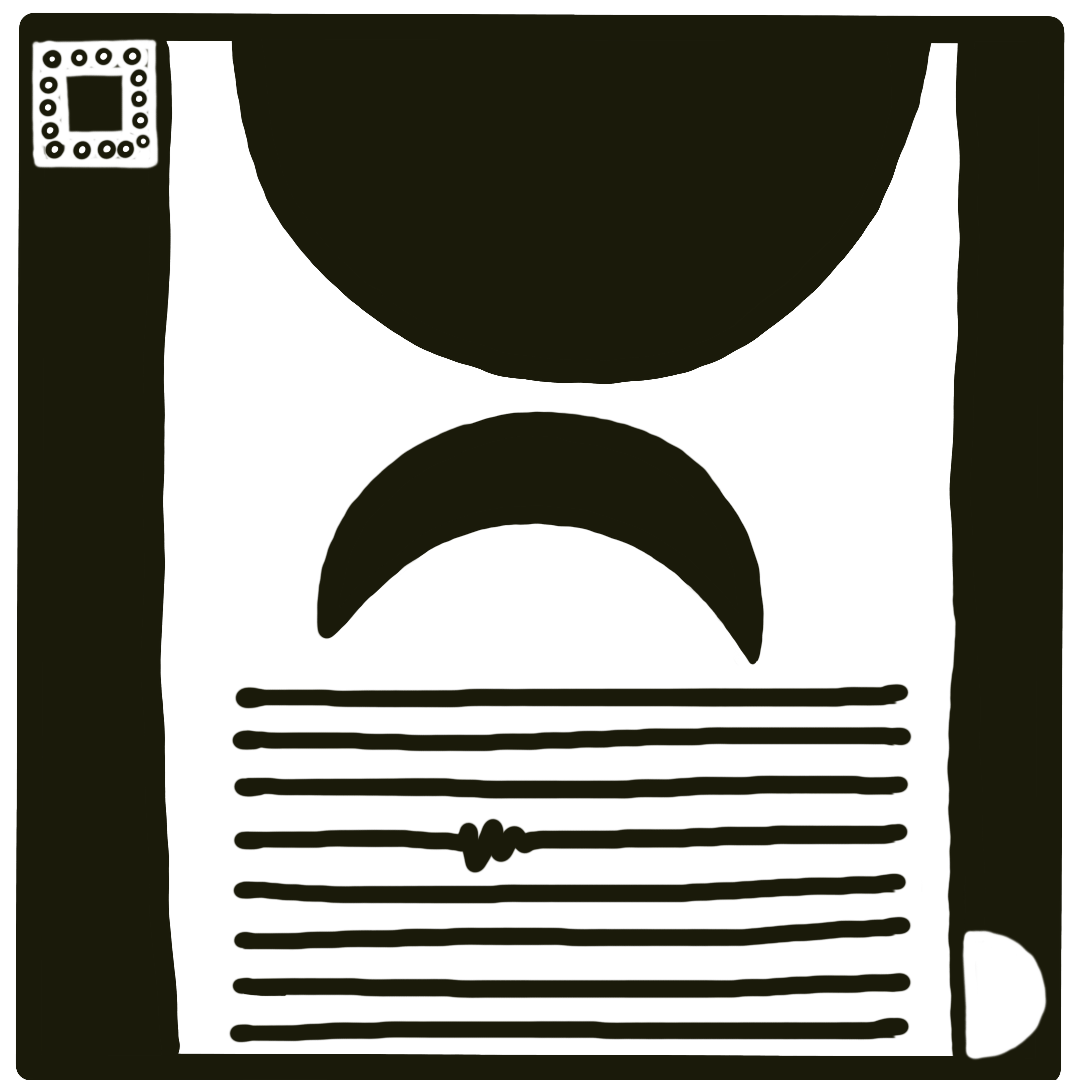Landlocked, 2025
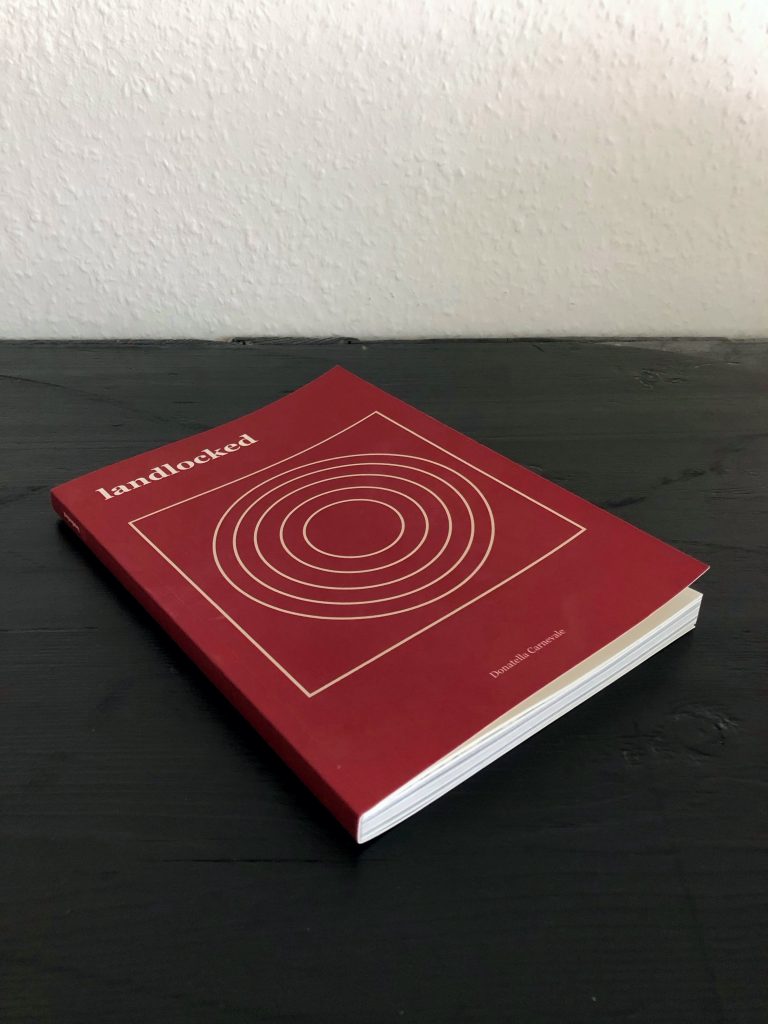
The hard copy of the book is available for consultation at the Rizoma library of Associazione Obliquo Pordenone
“Landlocked”—in other words, without access to the sea: all the countries featured in this collection share this characteristic as their one common denominator.
Here, I’ve gathered a selection of photos taken between November and December 2024 during two months of overland travel across Central Asia and the Caucasus.
In chronological order of visit: Uzbekistan, Kyrgyzstan, Kazakhstan, Azerbaijan, Armenia.
Free from any judgment or opinion, the aim of this collection is simply to offer back to other eyes the beauty that has filled mine for a long time.
The insights I chose to include in certain sections refer to facts or situations that intrigued me or helped me better understand the context in which I found myself moving for several months. For each “chapter,” I also propose my personal pairing of real places with imaginary ones drawn from Invisible Cities by Italo Calvino—the only book I brought with me on this journey.
Most of the photos in this collection were taken with a Pentax ME Super on Kodak Gold 200 film, a small number is captured with my very old iPhone X, which gave out on me more than once.
The photobook features a few illustrations and ornaments that I personally made following these principles:
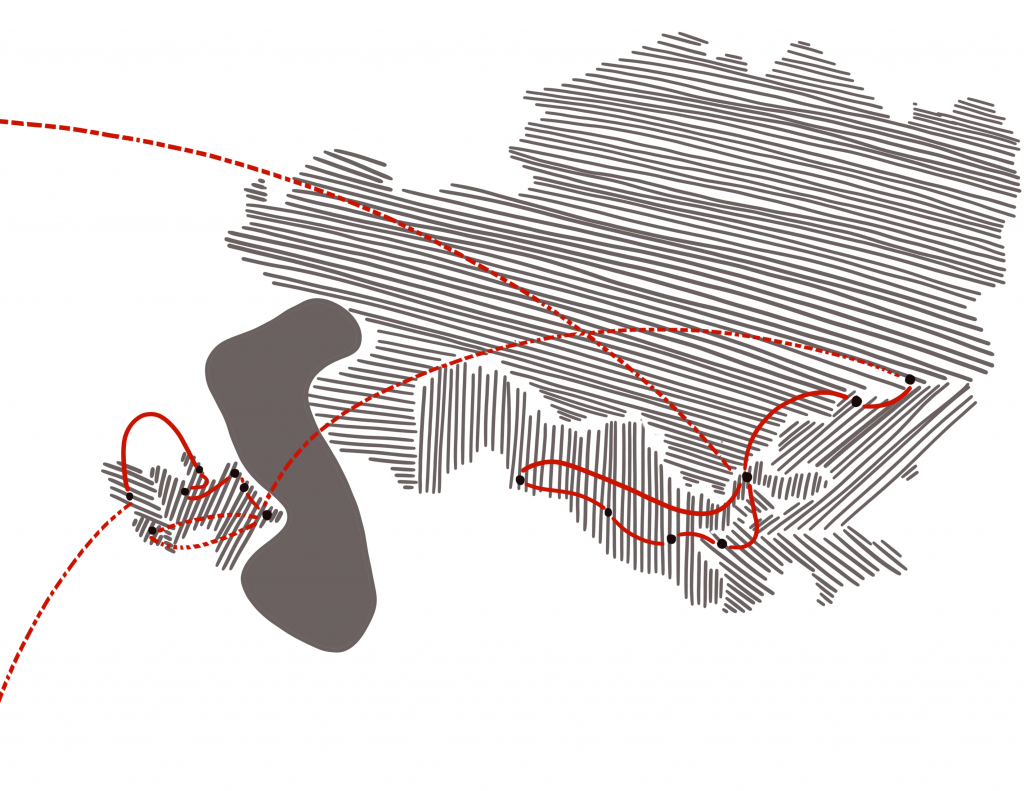
Semi abstract map of my movements: interrupted lines represent movements by air, continuous lines represent movements by land. I tried to move as much as possible by land, in some cases it was not possible due to governmental restrictions.
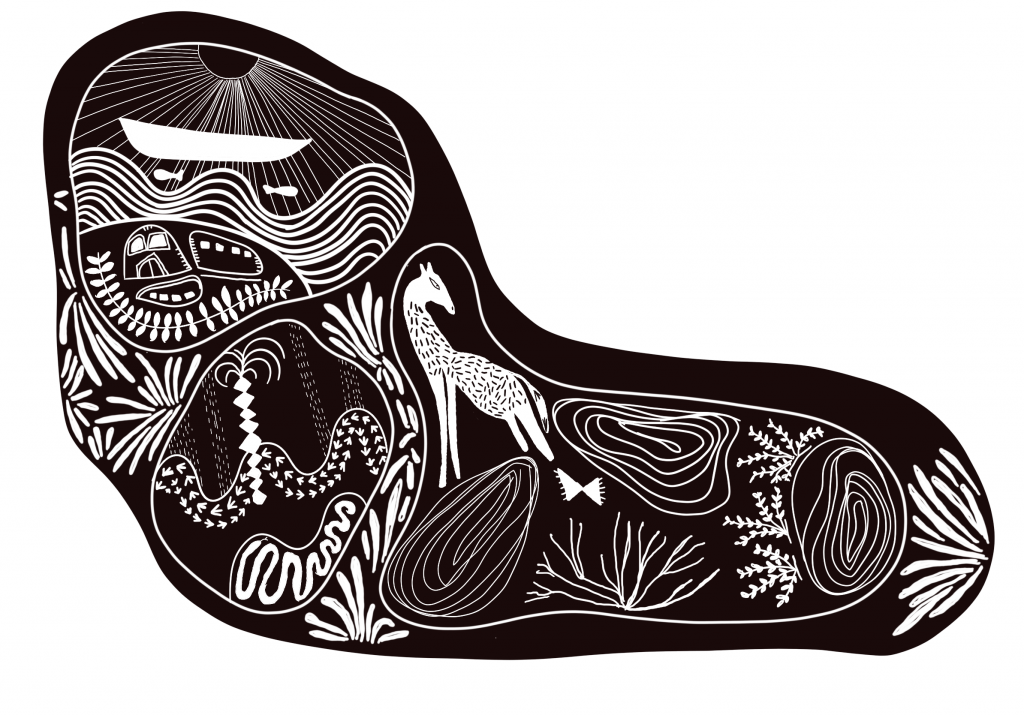
One of the themes present in the in the book is the concept of city as entity with different manifestations according to who is witnessing it. This concept recalls Calvino´s storyline of “The invisible Cities”. Here I represent the multiple forms in which a single place can appear.
Single themed ornament inspired by the omnipresent nature that characterizes the region.

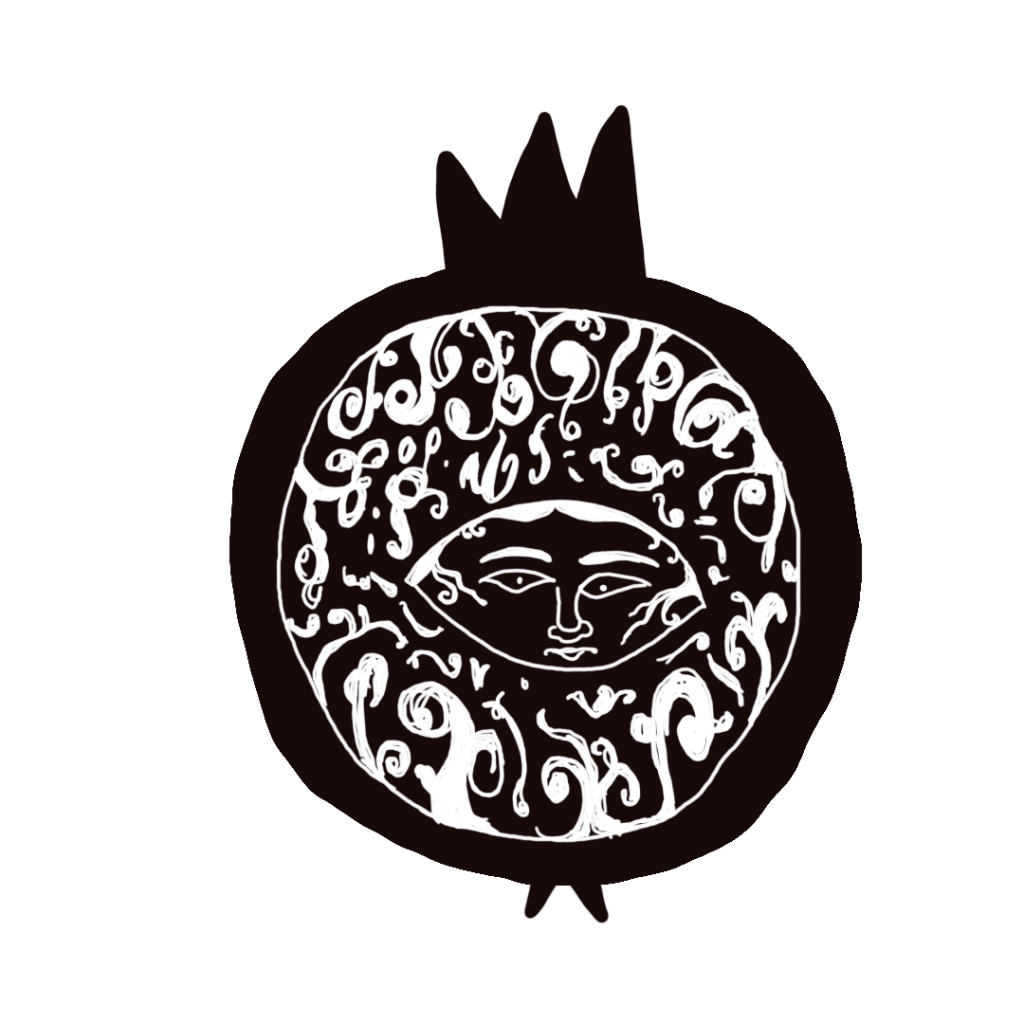
The pomegranate is a widespread fruit in the region, with its own meaning and symbolism of fertility and abundance. Here I paired it with the well known rising sun symbol represented on the facade of Samarkand´s most famous Madrasa.
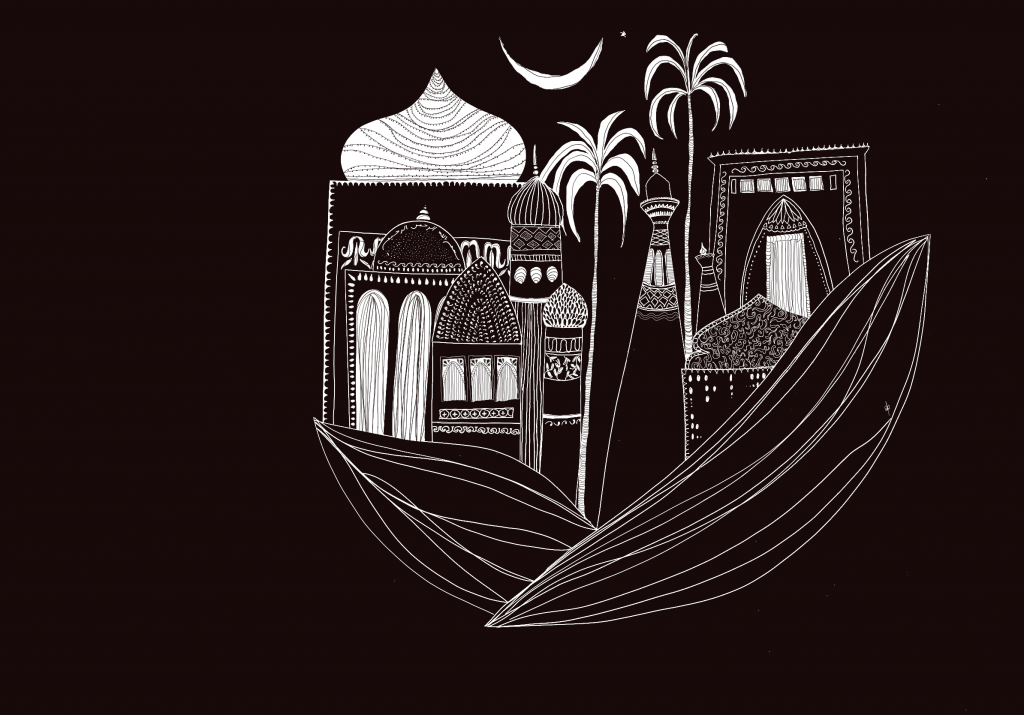
My personal memory of Uzbekistan: mainly a mix of the mystical cities of Khiva and Bukhara, their Madrases, the desert, their minarets at night.
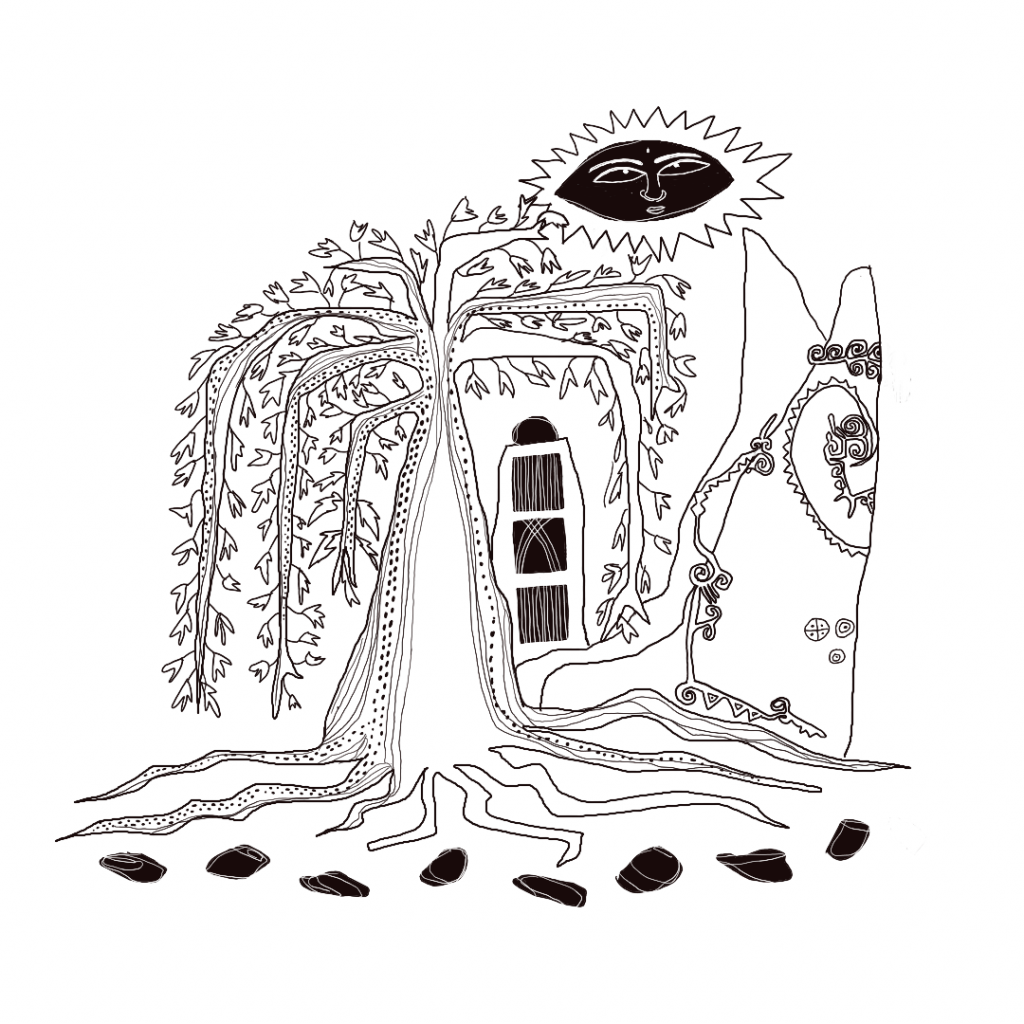
Kyrgyzstan in my memory is a land of stunning lush nature with a with a history dating back thousands of years, here the rock carvings and patterns used on the yurt.
Illustrations reproduced by me, inspired by existing works:
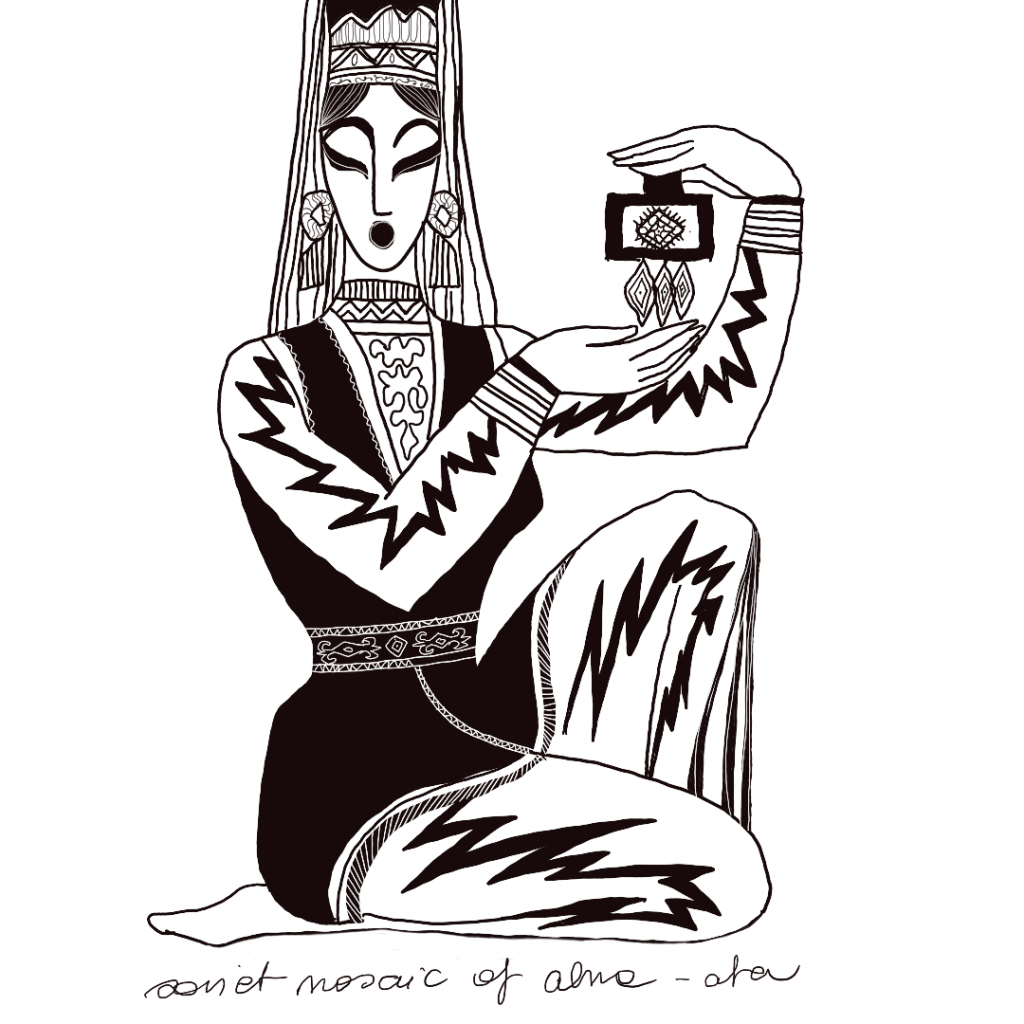
Mosaic of Alma-Ata, seen on a Wall in Almaty.
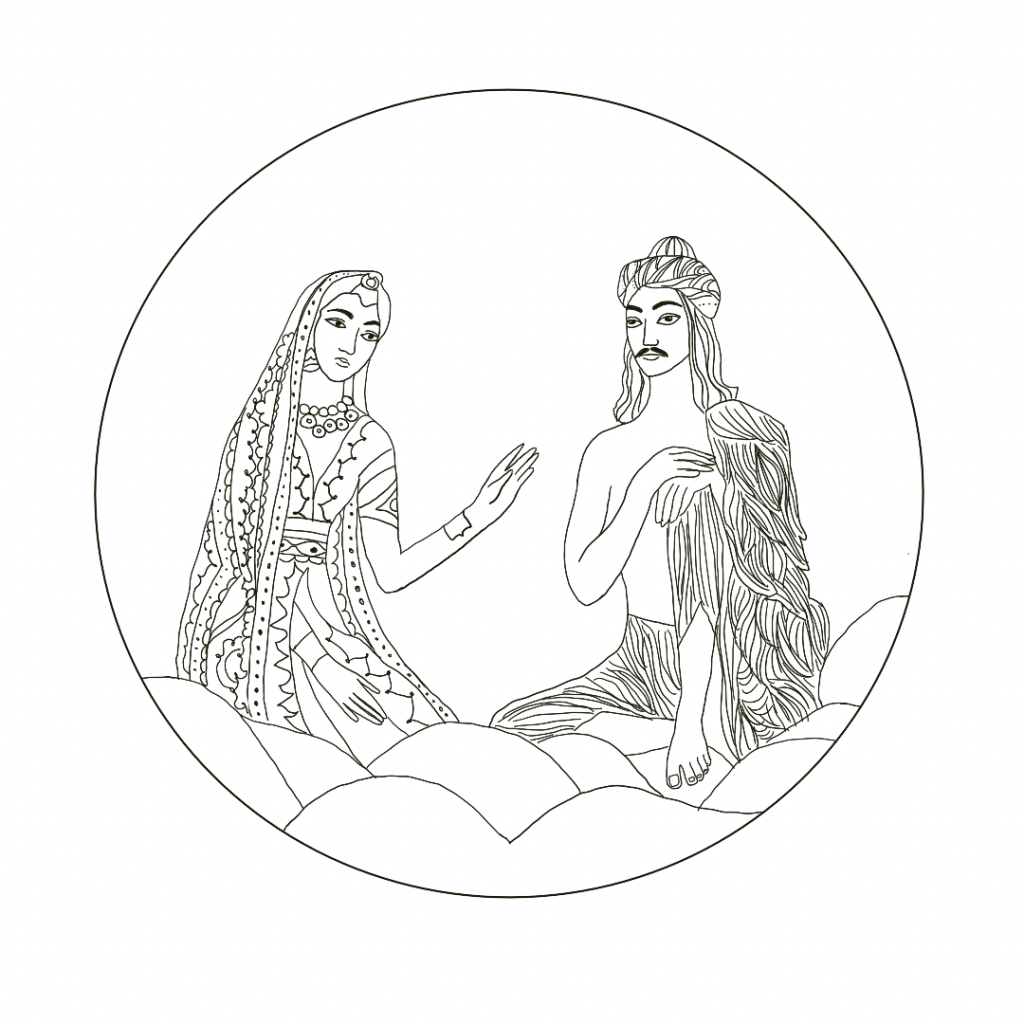
Leyla and Majnoun, wall art seen in the metro station of Tashkent, Uzbekistan.
Nizami is the most famous persian poet, part of the cultural identity of many of the visited countries. Layla and Majnoun is one of its most famous works.
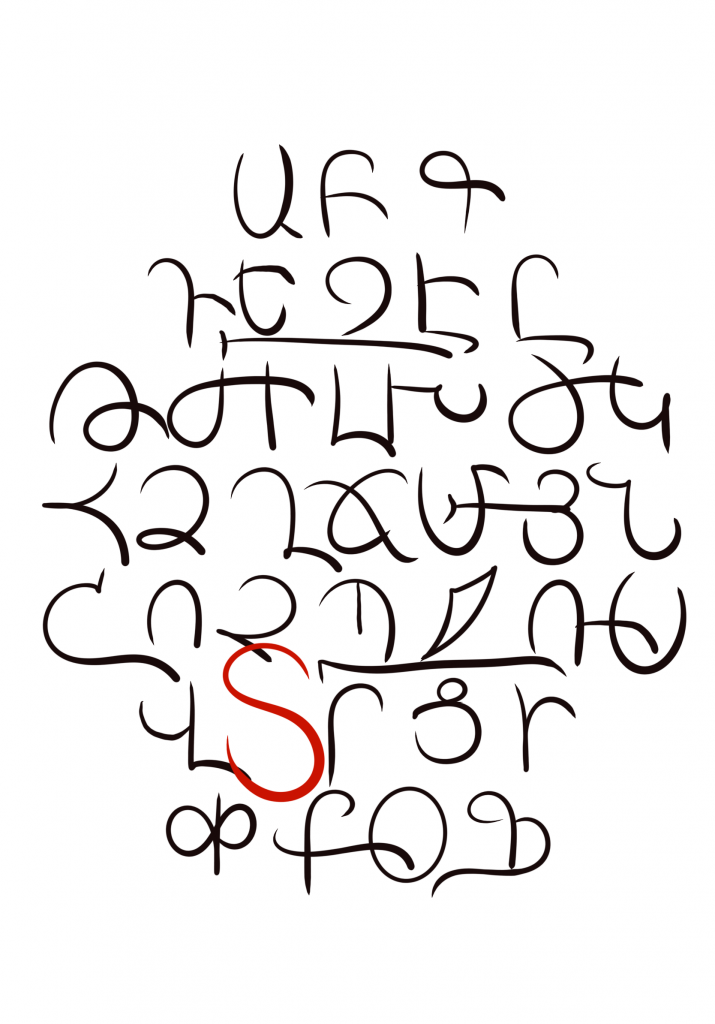
The armenian alphabet, with the letter “S” highlighted in red: this symbolizes the universe and it´s often woven in the armenian carpets.
